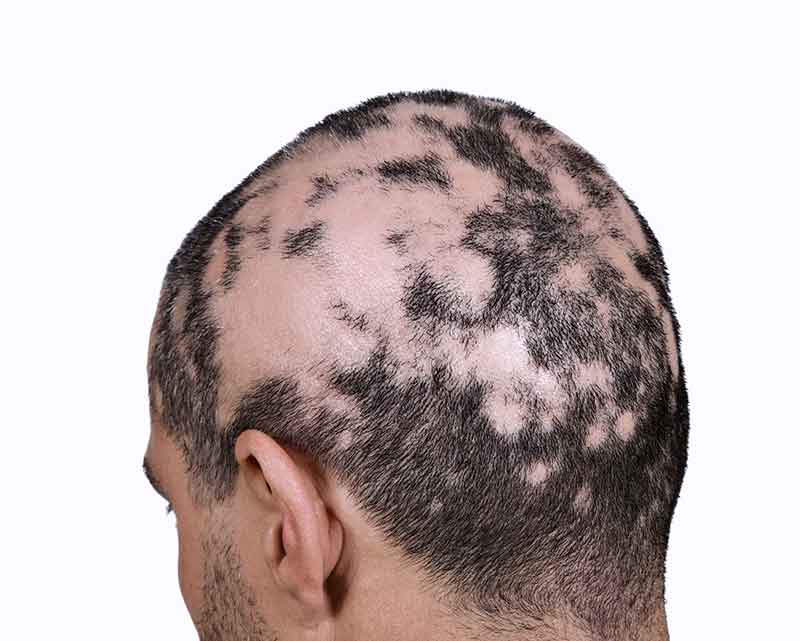

Many treatments have been explored, including immunomodulatory agents such as imiquimod. Genetic factors may contribute to AU, as about 20% of those affected have a family member with alopecia. Causes Īlopecia universalis can occur at any age, and is currently believed to be an autoimmune disorder, in which a person's immune system attacks the hair follicles. People with the disease are usually healthy and have no other symptoms and a normal life expectancy. It is the most severe form of alopecia areata. Visit the National Alopecia Areata Foundation for support groups and general information.Former association football referee Pierluigi Collina with alopecia universalis.Īlopecia universalis (AU), also known as alopecia areata universalis, is a medical condition involving the loss of all body hair, including eyebrows, eyelashes, chest hair, armpit hair, and pubic hair.
ALOPECIA UNIVERSALIS VS ALOPECIA AREATA FREE
They provide affordable, sometimes free hairpieces for children with alopecia.

If you are interested in wigs or hairpieces, you may wish to contact Locks of Love.

Amount of time: The longer the hair loss continues, the less likely it is to grow back.Amount of hair involved: If your child has many areas of hair loss, it is not likely to grow back.Age of the child: The younger your child is when hair loss starts, the less likely it is to grow back.There is little evidence that hair that is not trying or able to regrow can be “made” to regrow by the use of medicines or other treatment. Hair that is trying to regrow may respond to treatment and continue to regrow. There is little evidence that use of oral medicines will produce lasting hair regrowth, and the side effects of these medicines usually outweigh any potential benefit.
ALOPECIA UNIVERSALIS VS ALOPECIA AREATA SKIN
If the skin gets irritated, or if you have any questions, please call your doctor.

It is only rarely seen with other autoimmune diseases in children. It affects people of both sexes, all ethnic backgrounds and can occur at any age. Over 6.6 million people in the United States have alopecia. Hair loss is usually seen on the scalp, face or body, but is most common on the scalp. Often, the hair loss involves only a few patches, which are round in shape. Alopecia areata is a condition in which a person has hair loss as a result of the immune system attacking the hair follicles.


 0 kommentar(er)
0 kommentar(er)
